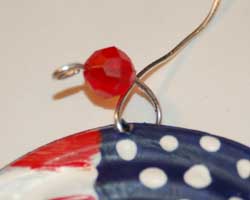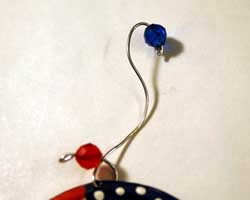Zero-Waste and the Food Industry
Are zero-waste restaurants coming to U of M?
The sustainable food movement has been growing in recent years, with restaurants opening up all across the country and world offering organic food, local produce, vegetarian and vegan menus, grass-fed beef and free range chicken. More recently, some of these restaurants have been looking to take the next step in decreasing their carbon footprint by setting goals to achieve zero waste.
The restaurant industry is highly waste-intensive by nature. From packaging to food waste to carry-out containers, achieving zero waste at your restaurant is no small task. Hannah Bretzel, an organic sandwich shop and catering business with four locations in the Chicago area, was the first fast casual restaurant to eliminate plastic bags in 2007 and today uses 100 percent recycled bags and biodegradable packaging. According to Earth911, 10 percent of internal waste is recycled and 80 percent is composted at Hannah Bretzel's busiest location, giving the restaurant an overall 90 percent waste diversion rate. Celebrity chef Jamie Oliver's new London restaurant also strives towards zero waste. According to Big Hospitality, Jamie Oliver's Diner, "has elected to enforce a zero per cent landfill policy meaning all produce will be eaten, composted, re-cycled or up-cycled. Some items on the menu will even be made by ingredients thrown out by other restaurants and shops."
In theory, a zero waste restaurant is possible. All it takes is recyclable, biodegradable, and compostable packaging and a compost system for pre- and post-consumer food waste. But there are many challenges that come with adapting these waste reduction methods. For one, the primary concern of most restaurant businesses is to bring in enough profits to sustain business. Sustainable packaging options can be more expensive, causing price hikes that deter customers. Even more problematic is the lack of widespread municipal or commercial composting centers. According to Florian Pfahler, founder of Hannah Bretzel, since there is no composting facility nearby the restaurant contracts with a compost pick-up service who transports the compostable waste to a facility in Indiana, a 45 minute drive from the restaurant. The added cost of composting, especially in areas like Chicago without commercial compost facilities, essentially means that only high-end restaurants can achieve zero waste. However, as more cities adopt municipal compost systems and the number of people willing to spend a little more in the name of sustainability increases, zero waste restaurants will become increasingly feasible and continue to pop up in cities all over the world.
Here in Ann Arbor, our municipal compost system indicates a future for zero waste restaurants. Although no Ann Arbor restaurants currently designate themselves zero-waste, initiatives have been taken at food service sites operated by the University. In Fall 2012, the U-M Waste Reduction and Recycling Office (WRRO) piloted a post-consumer food composting program in the Michigan League. The pilot determined that with enough funds, stakeholder engagement, promotion, and patron education, there could be a future for widespread campus composting. Click here to view the full report on the post-consumer composting pilot program at the Michigan League.
The U-M WRRO has also created a guide for hosting zero waste events at U-M. Departments holding events can contact Plant Operations to set up composting at an event. Promoting "BYOD" (Bring Your Own Dish), using compostable plasticware, and ordering bulk food items with minimal packaging can reduce waste at your event. For more tips on waste reduction at a U-M event, click here to see the Zero Waste Events at the University of Michigan How-To Guide.
Do you know of an Ann Arbor restaurant that may adopt zero waste practices? Pick Up America offers 10 great tips for restaurants looking to achieve zero waste.
The U-M WRRO has also created a guide for hosting zero waste events at U-M. Departments holding events can contact Plant Operations to set up composting at an event. Promoting "BYOD" (Bring Your Own Dish), using compostable plasticware, and ordering bulk food items with minimal packaging can reduce waste at your event. For more tips on waste reduction at a U-M event, click here to see the Zero Waste Events at the University of Michigan How-To Guide.
Do you know of an Ann Arbor restaurant that may adopt zero waste practices? Pick Up America offers 10 great tips for restaurants looking to achieve zero waste.

















